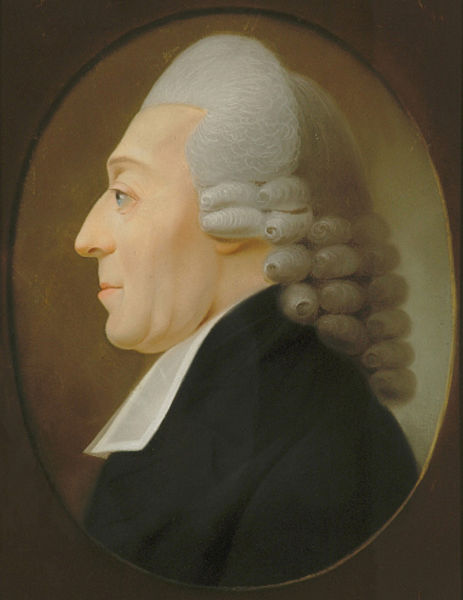|
Necopinatidae
''Necopinatidae'' is a family of water bears or moss piglets, tardigrades in the class Eutardigrada Eutardigrada are a class of tardigrades (Tardigrada) without lateral appendices. Primarily freshwater bound, some species have secondarily gained the ability to live in marine environments (''Halobiotus''). By cryptobiosis many species are able t .... It contains the following species in two genera * '' Apodibius'' ** '' Apodibius confusus'' Dastych, 1983 ** '' Apodibius nuntius'' Binda, 1986 ** '' Apodibius richardi'' Vargha, 1995 ** '' Apodibius serventyi'' Morgan & Nicholls 1986 * '' Necopinatum'' ** '' Necopinatum mirabile'' Pilato, 1971 References External links Parachaela Tardigrade families Polyextremophiles {{tardigrade-stub ... [...More Info...] [...Related Items...] OR: [Wikipedia] [Google] [Baidu] |
Eutardigrada
Eutardigrada are a class of tardigrades (Tardigrada) without lateral appendices. Primarily freshwater bound, some species have secondarily gained the ability to live in marine environments (''Halobiotus''). By cryptobiosis many species are able to live temporarily in very dry environments. More than 700 species have been described. The order Apochela consists of only one family, Milnesiidae, with two genera: ''Milnesium'' and ''Limmenius''. ''Milnesium tardigradum'' can be found worldwide and is one of the biggest species among tardigrades (up to 1.4 mm); similar-looking species have been found in Cretaceous amber. The mouth of this predator has a wide opening, so the animal can eat rotifers and larger protist A protist () is any eukaryotic organism (that is, an organism whose cells contain a cell nucleus) that is not an animal, plant, or fungus. While it is likely that protists share a common ancestor (the last eukaryotic common ancestor), the exc ...s. Other eutardi ... [...More Info...] [...Related Items...] OR: [Wikipedia] [Google] [Baidu] |
Parachaela
Parachela is an order of tardigrades in the class Eutardigrada. Members of this order have existed for at least 72 million years, including the present. The oldest known species is '' Beorn leggi''. Superfamilies and families The order includes the following superfamilies and families: * Eohypsiboiidea ** Eohypsibiidae * Hypsibioidea ** Calohypsibiidae ** Hypsibiidae ** Microhypsibiidae ** Ramazzottiidae * Isohypsibioidea ** Hexapodibiidae ** Isohypsibiidae * Macrobiotoidea ** Beornidae ** Macrobiotidae ** Murrayidae ** Necopinatidae ** Richtersiidae Richtersiidae is a family of tardigrade Tardigrades (), known colloquially as water bears or moss piglets, are a phylum of eight-legged segmented micro-animals. They were first described by the German zoologist Johann August Ephraim Goeze in ... References External links * * Protostome orders Polyextremophiles {{Tardigrade-stub ... [...More Info...] [...Related Items...] OR: [Wikipedia] [Google] [Baidu] |
Tardigrada
Tardigrades (), known colloquially as water bears or moss piglets, are a phylum of eight-legged segmented micro-animals. They were first described by the German zoologist Johann August Ephraim Goeze in 1773, who called them Kleiner Wasserbär ("little water bear"). In 1777, the Italian biologist Lazzaro Spallanzani named them Tardigrada (), which means "slow steppers". They have been found in diverse regions of Earth's biospheremountaintops, the deep sea, tropical rainforests, and the Antarctic. Tardigrades are among the most resilient animals known, with individual species able to survive extreme conditions – such as exposure to extreme temperatures, extreme pressures (both high and low), air deprivation, radiation, dehydration, and starvation – that would quickly kill most other known forms of life. Tardigrades have survived exposure to outer space. There are about 1,300 known species in the phylum Tardigrada, a part of the superphylum Ecdysozoa consisting of animal ... [...More Info...] [...Related Items...] OR: [Wikipedia] [Google] [Baidu] |
Tardigrade Families
Tardigrades (), known colloquially as water bears or moss piglets, are a phylum of eight-legged segmented micro-animals. They were first described by the German zoologist Johann August Ephraim Goeze in 1773, who called them Kleiner Wasserbär ("little water bear"). In 1777, the Italian biologist Lazzaro Spallanzani named them Tardigrada (), which means "slow steppers". They have been found in diverse regions of Earth's biospheremountaintops, the deep sea, tropical rainforests, and the Antarctic. Tardigrades are among the most resilient animals known, with individual species able to survive extreme conditions – such as exposure to extreme temperatures, extreme pressures (both high and low), air deprivation, radiation, dehydration, and starvation – that would quickly kill most other known forms of life. Tardigrades have survived exposure to outer space. There are about 1,300 known species in the phylum Tardigrada, a part of the superphylum Ecdysozoa consisting of animals t ... [...More Info...] [...Related Items...] OR: [Wikipedia] [Google] [Baidu] |

